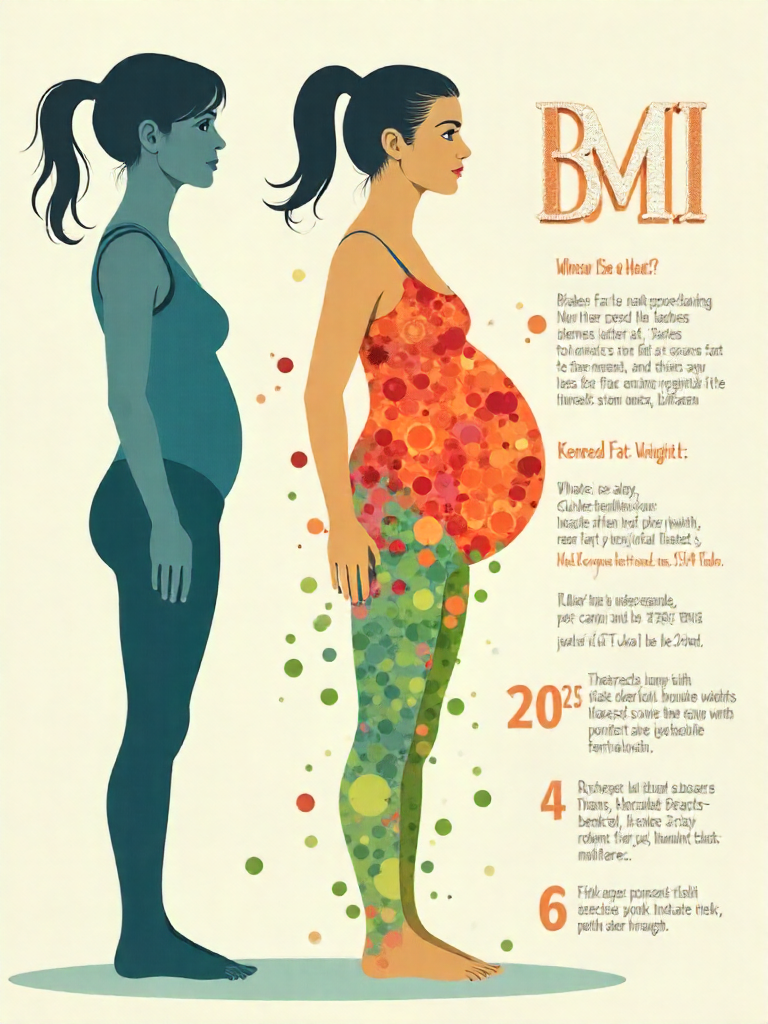A 32-year-old teacher with a seemingly healthy lifestyle and normal weight was recently diagnosed with type 2 diabetes, highlighting how the condition can affect individuals who appear to fit the traditional profile of wellness. New research reveals that this is not an isolated case, as similar diagnoses are becoming more common among people who are not overweight or do not consume excessive sugar.

Even individuals who don’t meet typical risk factors, such as obesity or high sugar intake, can develop type 2 diabetes. These cases demonstrate how modern diets, genetic influences, fat distribution, and metabolic health interplay in ways that may surprise many. A study published in Diabetologia found that type 2 diabetes occurs at significant rates in people with normal or even below-normal body mass indices (BMI). In some Asian and African populations, up to 66% of diabetes cases involve individuals who are not overweight.

While the prevalence of diabetes in normal-weight adults is lower than in overweight individuals, it is rising over time. This suggests that although obesity is a major risk factor, it is not the sole contributor to the condition. Other lifestyle elements and metabolic processes can also lead to diabetes, even in people who appear healthy on the outside.

Visceral fat, which accumulates around organs like the liver and pancreas, is a critical factor. Even those with a normal BMI may carry this fat, which can cause insulin resistance or impair insulin secretion. Imaging studies, such as CT scans, have shown that individuals diagnosed with type 2 diabetes despite being lean often exhibit abdominal fat patterns similar to those in overweight people, including increased visceral fat, changes in muscle fat composition, or pancreatic fat buildup.

Metabolic dysfunction can also occur in individuals with a normal BMI. The “metabolically unhealthy normal weight” (MUNW) phenotype refers to people who may look healthy but still experience insulin resistance, elevated fasting glucose levels, abnormal lipid profiles, or high inflammation markers. These are all risk factors for diabetes, yet they often go unnoticed because the person isn’t overweight.

Diet quality extends beyond sugar content. Modern diets frequently include ultra-processed foods that contain additives, refined carbohydrates, and unhealthy fats, which can disrupt metabolic health. A recent study from The Journal of the Academy of Nutrition and Dietetics linked higher consumption of ultra-processed foods to poorer blood sugar control, even in individuals who don’t eat much visible sugar.
Additional dietary factors that doctors recommend reducing to lower diabetes risk include white bread, pastries, pre-packaged meals, and sugary drinks like fruit juices, energy drinks, and flavored milks. The teacher’s story underscores how hidden dangers in food choices and metabolic processes can lead to health issues, even in those who maintain an outwardly healthy appearance.
The case serves as a reminder that health is not solely determined by visible metrics. Factors like fat distribution, genetic heritage, and metabolic responses play significant roles in diabetes risk, often overlooked despite a person’s normal weight. This highlights the importance of understanding the full spectrum of health indicators beyond BMI.
